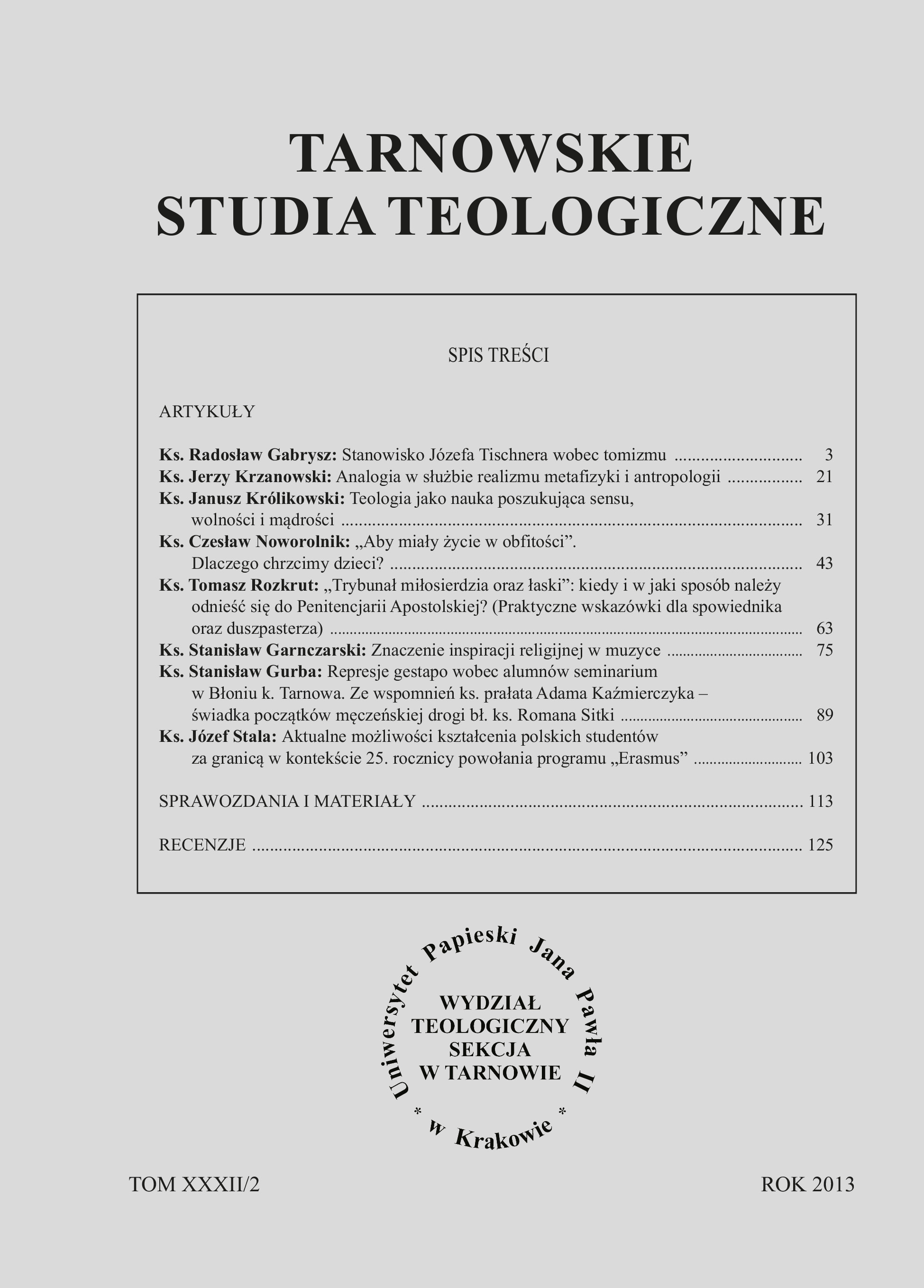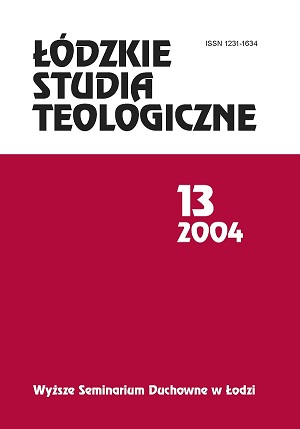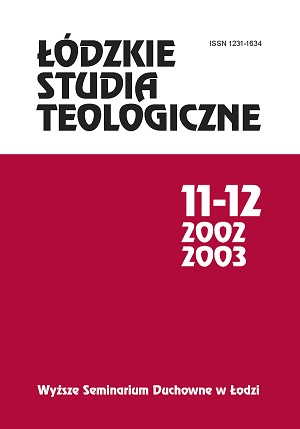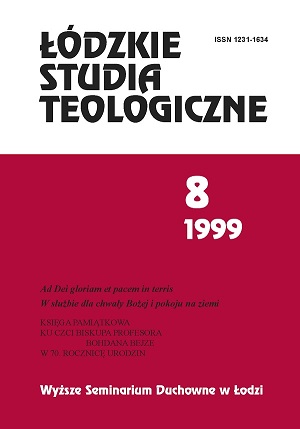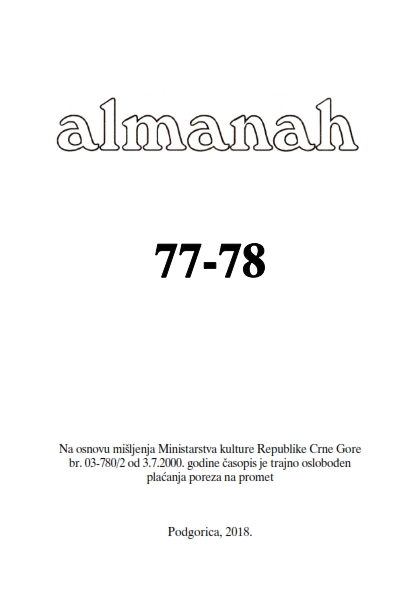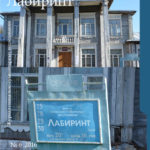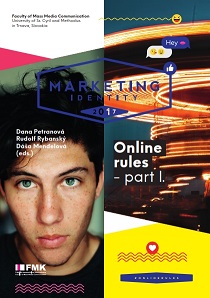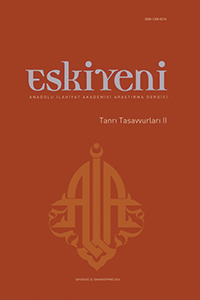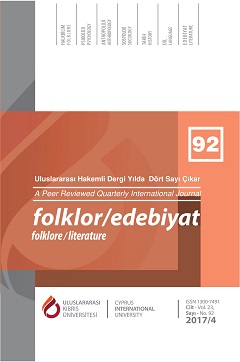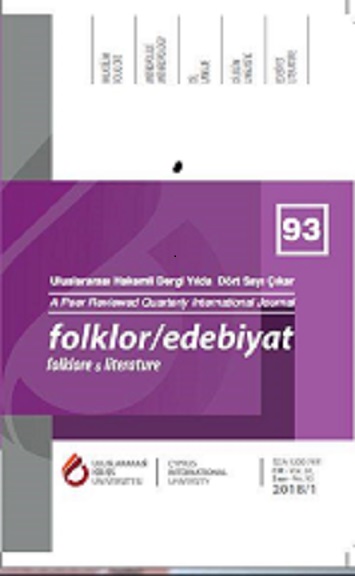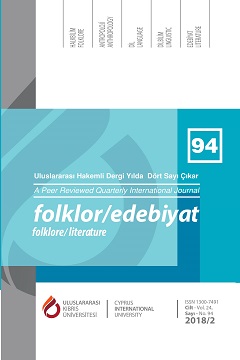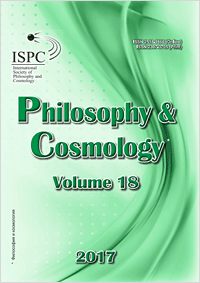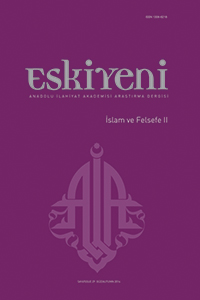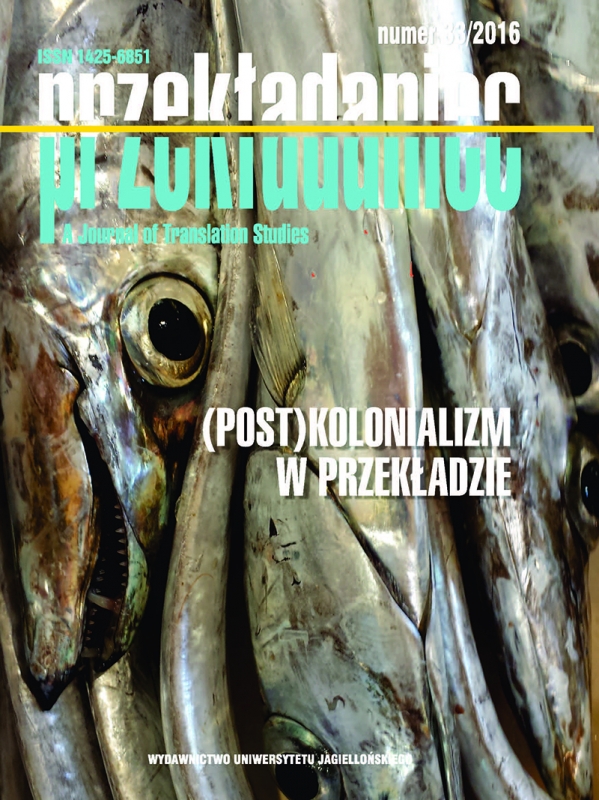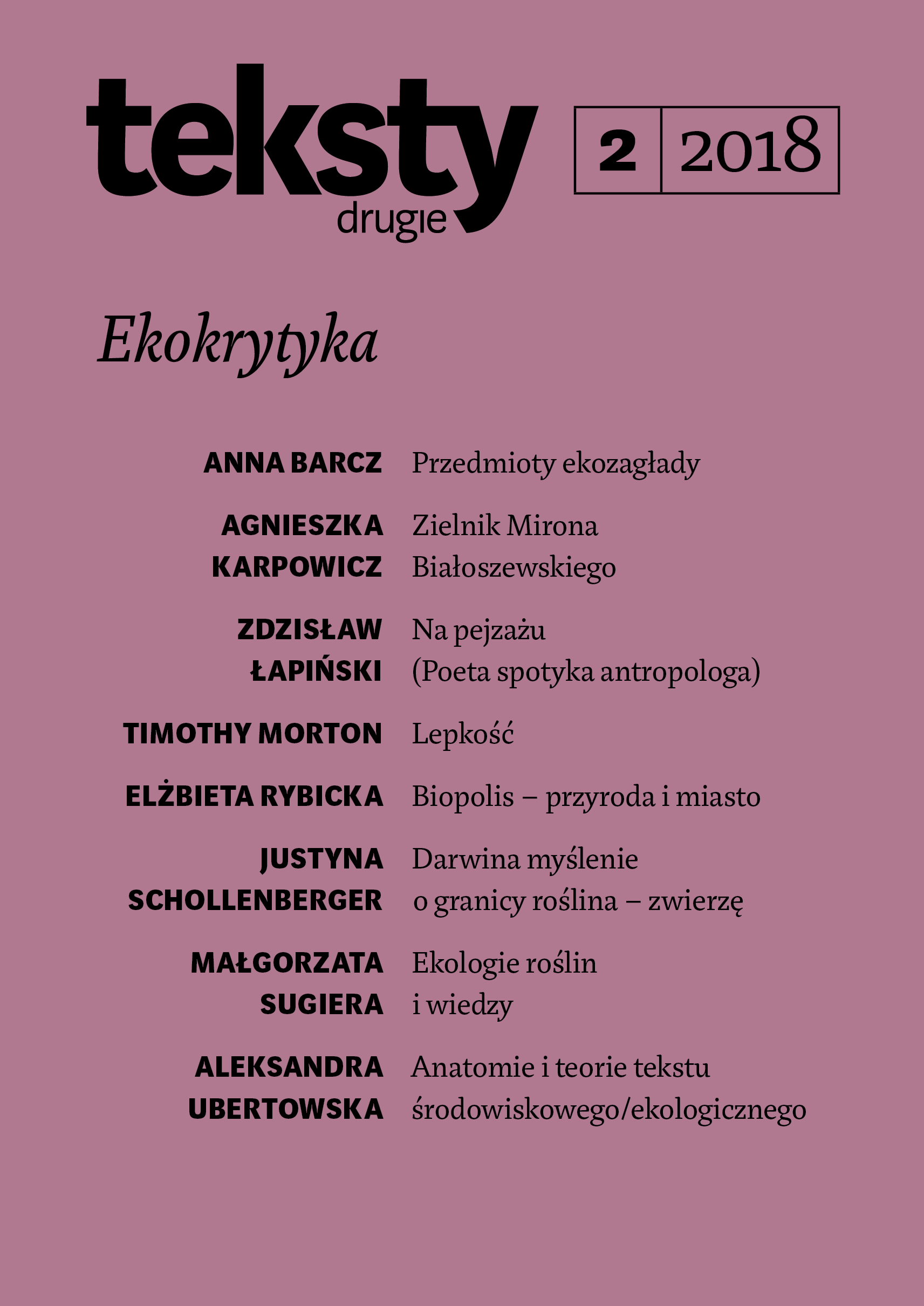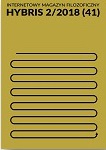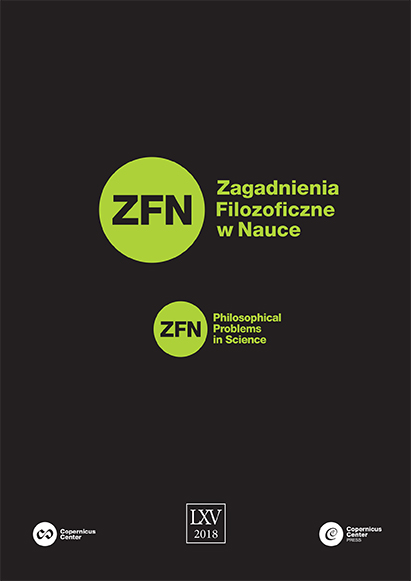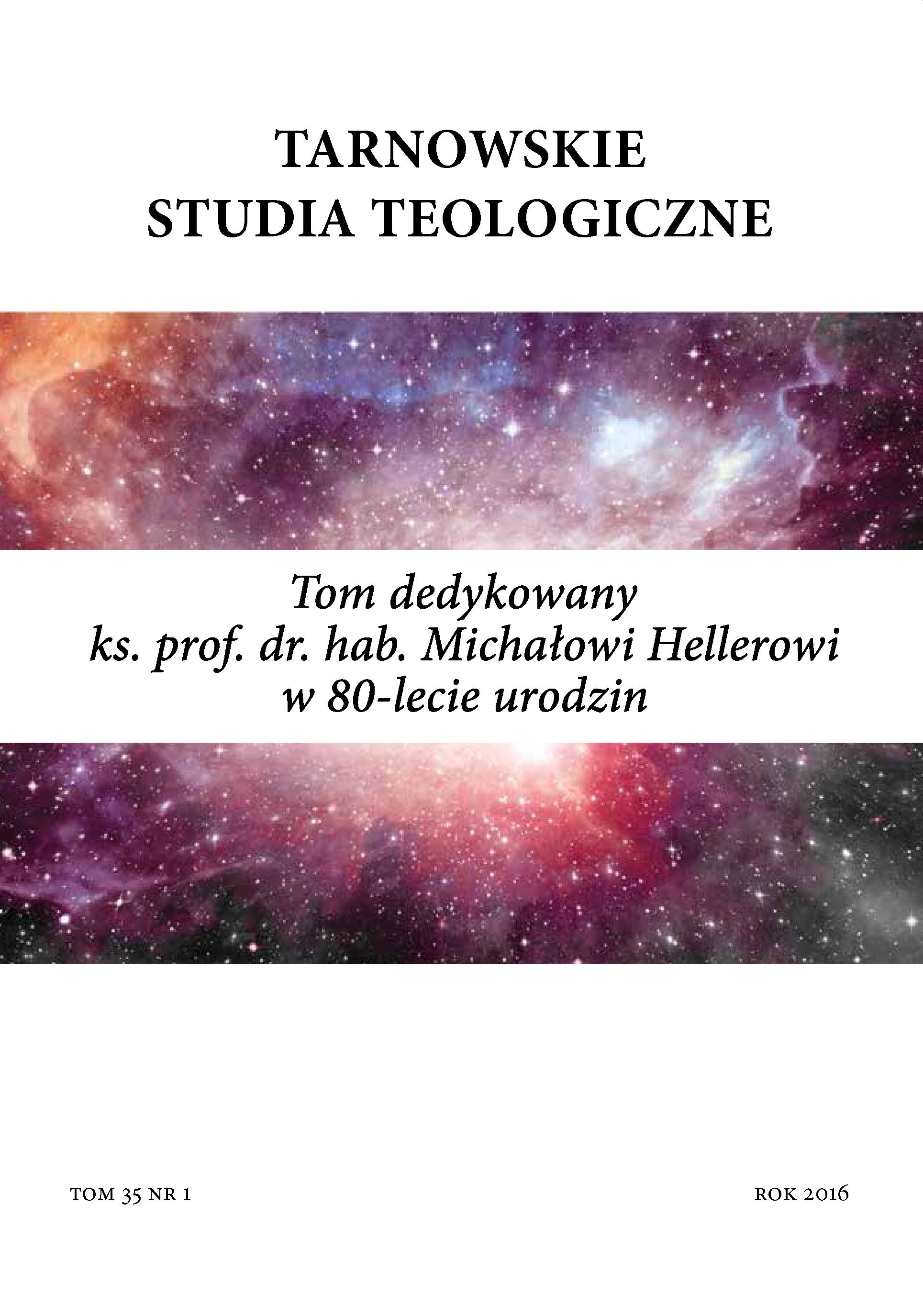
Nieinterwencjonistyczny model działania Boga w świecie przyrody
Artykuł poświęcony jest problematyce działania Boga w świecie przyrody. Zaprezentowano w nim argumenty przemawiające za modelem nieinterwencjonistycznym, w którym zakłada się, że Bóg konsekwentnie respektuje porządek przyczyn i skutków wynikający z praw przyrody, i zamierzone przez siebie efekty uzyskuje bez naruszania tego porządku. Historia ewoluującego wszechświata, którą badają nauki empiryczne, jest w perspektywie teologicznej historią działania Boga, który stwarza świat i podtrzymuje go w istnieniu za pośrednictwem praw przyrody powodujących stopniowy rozwój wszechświata i ewolucję życia. W kolejnych częściach artykułu podjęta została problematyka praw przyrody, stwórczej obecności Boga w przyrodzie oraz działania Stwórcy dokonującego się za pośrednictwem przyczyn wtórnych (argument św. Tomasza). W zakończeniu wskazano na zalety modelu nieinterwencjonistycznego. This paper deals with the problem of God’s action in nature. It is argued that the divine action is always non-interventional, which means that God never violates the laws of nature. He creates the evolving universe, keeps it in existence and continously influences its history using these laws, and not breaking them. At first, the character of the laws of nature will be discussed – both in scientific and theological perspective. Later, the creative presence of God in the universe will be described. Special attention will be paid to St. Thomas Aquinas argument concerning the distinction between the first cause (which should be identified with God) and the secondary cause (which should be identified with all the physical causes explored by science). Finally, some advantages of the non-intervetnional model of the divine action in nature will be indicated.
More...
